Car Companies' 'DeepSeek Frenzy': An Irreversible Evolution
![]() 02/12 2025
02/12 2025
![]() 572
572
In the spring of 2025, the Chinese automotive industry witnessed an unprecedented surge in the adoption of 'large models' by automakers. Within just three days, nearly 20 car companies, including Geely, Chery, Dongfeng, and Great Wall, announced collaborations with AI firm DeepSeek, encompassing areas such as intelligent cabins, marketing operations, and autonomous driving.
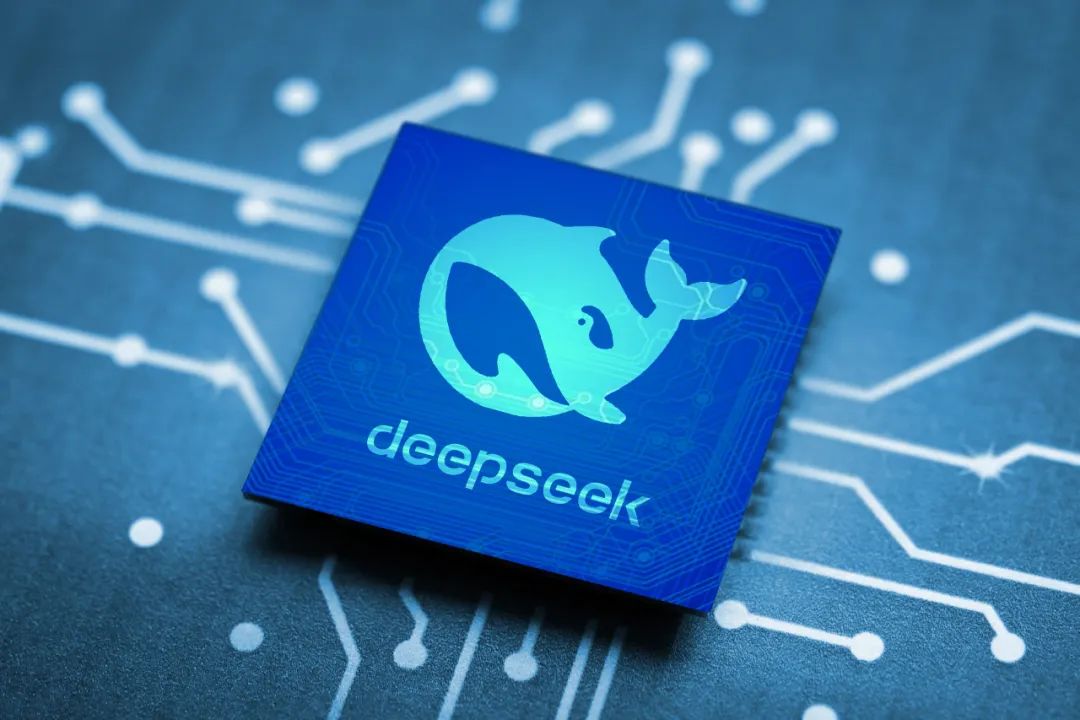
This technological revolution, flaunting 'low cost, high efficiency,' signifies not just a collective push towards intelligent transformation but also heralds a profound industry reshuffle.
Three Distinct Strategic Paths
Amidst the rush to integrate DeepSeek, three strategic paths have emerged, each reflecting unique insights:
Independent brands recognize the significance of intelligent cabin experiences for user loyalty, leveraging DeepSeek to enhance these experiences. For instance, Deep Blue Automobile has revolutionized in-car voice interaction by deploying DeepSeek on the DEEPAL OS 3.0, allowing users to naturally express needs and receive immediate responses, such as adjusting air conditioning. Geely Automobile, meanwhile, employs a 'dual-brain collaboration' model, integrating its Xingrui large model with DeepSeek-R1, boosting response speed by 40%, recognition accuracy to 98%, and enabling complex control of over 2,000 in-car interfaces.
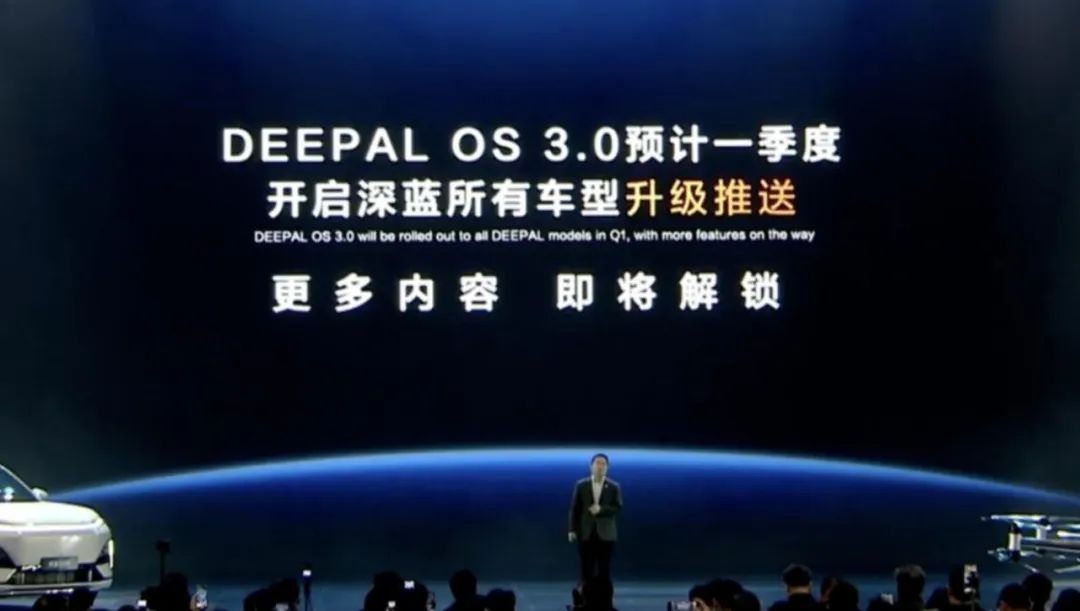
Dongfeng Mengshi 917 is the first to adopt DeepSeek-R1, realizing 'scenario-based intelligent driving' via OTA, enhancing driving intelligence and personalization. These brands focus on high-frequency user interactions, redefining the human-vehicle relationship and transforming cabins into emotional partners.
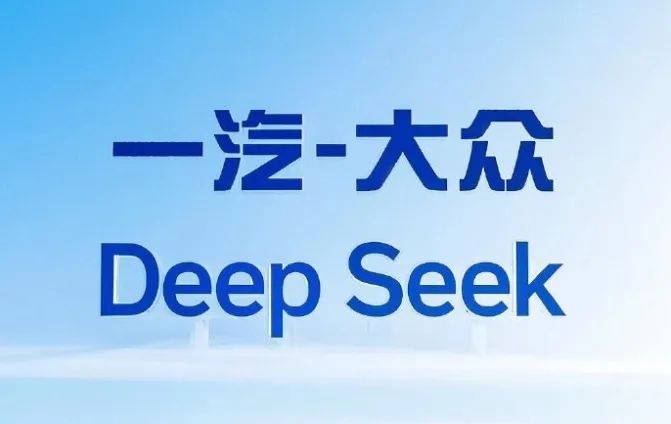
Joint venture brands have opted for a pragmatic approach, applying DeepSeek to digital operations for cost savings and efficiency gains. FAW-Volkswagen pioneered a 'new media AI content platform,' using large models to automate marketing content and short video scripts for over 1,000 dealer accounts, reducing labor costs and boosting operational efficiency. This 'lightweight access' strategy highlights their practical approach despite limitations in native intelligence capabilities.
New force car companies exhibit a forward-thinking vision, aiming to build an AI matrix through multi-model collaboration. Leapmotor and IM Motors, for example, integrate large models like DeepSeek, Doubao, and Tongyi, enabling 'pluggable AI capabilities' via joint training. This approach optimizes model selection for various scenarios, mitigating single-model risks and paving the way for future commercial collaborations. IM Motors has achieved comprehensive upgrades in intelligent driving and cabins, offering users an unparalleled intelligent travel experience.
Four Emerging Commonalities
This large model race among automakers has unveiled several common trends:
Cost efficiency is a cornerstone strategy. DeepSeek's large model demands one-tenth the computing power of similar models, lowering private deployment costs. This enables traditional automakers to bypass high R&D investments in intelligent driving, facilitating intelligent transformation at reduced costs. Geely's 'dual-brain collaboration' model not only enhances system efficiency and response speed but also significantly cuts R&D costs, accelerating technology commercialization.
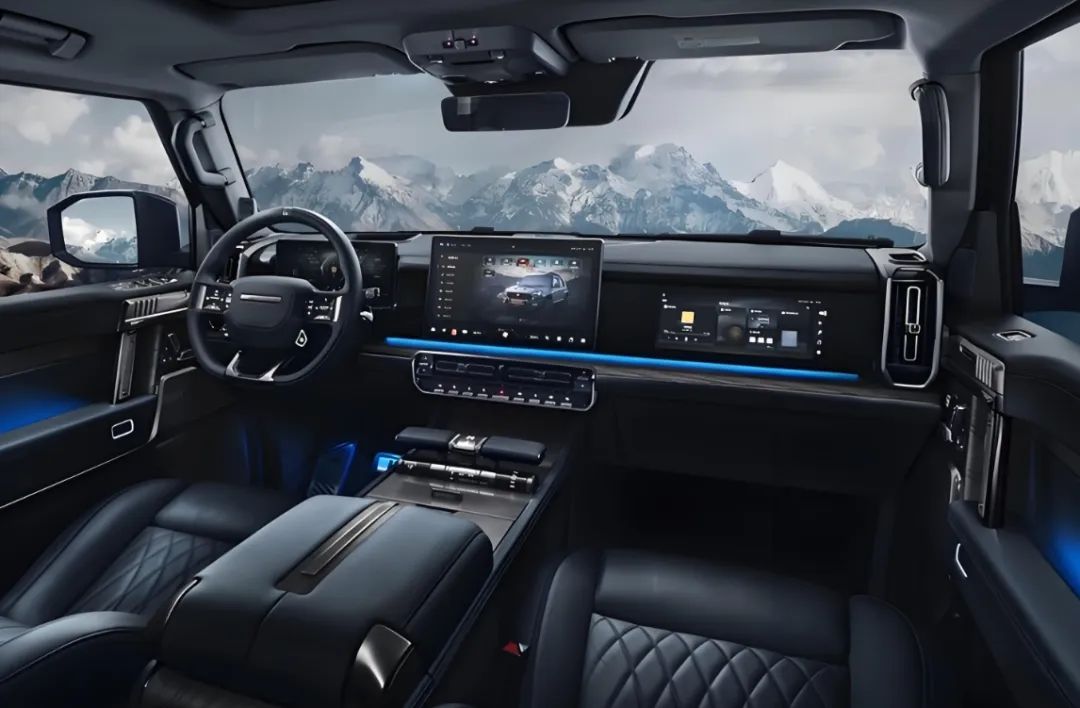
Elevating user experience is another key goal. Large model technology has transformed in-car interaction, shifting from 'command-based' to 'scenario-based services.' This shift enhances interaction convenience and naturalness, accelerating cabin function iteration. Lanto Dreamer's 'conversational vehicle settings,' powered by DeepSeek, allow users to complete complex tasks through simple conversations, multiplying cabin function iteration speed.
Capital narratives play a crucial role. Announcing large model integrations, like DeepSeek, often garners positive market reactions, with share prices soaring. This not only boosts automakers' market value but also pressures them to increase technology investments, maintaining a proactive stance in intelligent transformation.
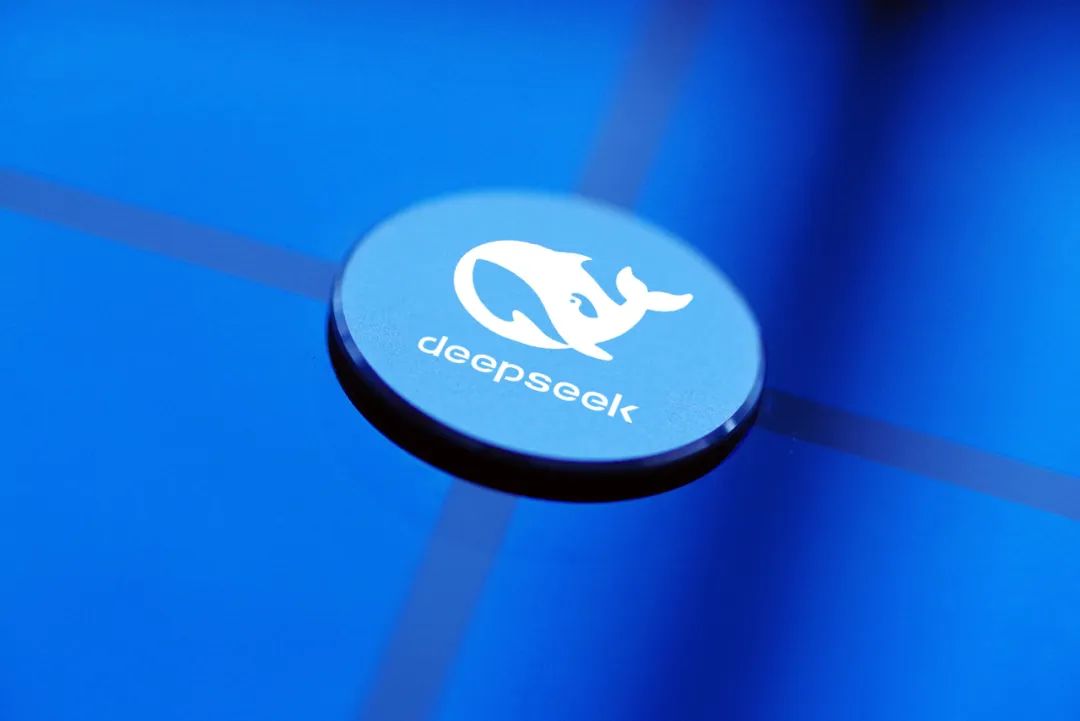
Data anxiety is a significant challenge. Domestic automakers, faced with Tesla's vast data collection capabilities, feel anxious. To bridge this gap, they leverage large models for 'small data driving big intelligence.' Great Wall Motors optimized CoffeeAgent's decision-making with one-tenth the data, demonstrating small data's immense value in algorithm optimization and continuous learning.
Large Models: Not a Panacea
Despite the surge in large model adoption, automakers confront several industry dilemmas:
Data silos remain a significant issue. High walls between automakers hinder effective data circulation. China's per-vehicle data volume lags behind Tesla, with uneven data sample distribution, leading to frequent model errors in long-tail scenarios, affecting user experience and autonomous driving safety.

Computing power bottlenecks pose another challenge. The US ban on high-end chip sales constrains domestic automakers' computing power development, while domestic chip process lag hampers training efficiency. The ensuing 'model arms race' exacerbates computing power demand, outstripping hardware performance.
Large models' decision-making processes resemble black boxes, lacking interpretability, which clashes with automotive functional safety standards. One automaker's testing revealed that DeepSeek-R1 issued traffic rule-violating instructions in extreme scenarios, with untraceable reasons. This black box risk complicates accident accountability and fosters user skepticism towards autonomous driving.
The prevalent call-based pricing model for large models plunges automakers into cost dilemmas. Annual sales fluctuations may lead to uncontrollable costs, impeding progress on the intelligent transformation path.

Excessive marketing has inflated a technology bubble, raising users' autonomous driving expectations to unrealistic heights. The vast gap between expectations and capabilities complicates autonomous driving promotion and leaves users disappointed and confused.
To navigate these dilemmas, automakers must explore solutions. Establishing data sharing alliances, dismantling silos, and enabling cross-company data exchange are crucial for enhancing model generalization and safety. Governments can lead the formation of computing power alliances, centrally managing decentralized GPU resources, and supporting small-to-medium automakers.
Automakers should abandon the universal large model illusion, instead training specialized models for specific scenarios. These models can be scenario-optimized, enhancing interpretability, reliability, and reducing accident liability risks. Promoting regulatory sandbox pilots is also vital for accelerating autonomous driving commercialization.
The 'DeepSeek frenzy' among automakers signifies an 'irreversible evolution.' As the industry shifts from 'hardware competition' to 'software arms race,' the true winners may not be the fastest to adopt large models but those with a long-term vision, building a closed-loop 'data-computing power-scenario' ecosystem.
This transformation will redefine automakers' profit models, shifting from car sales to service sales and from hardware providers to AI operators. Navigating the valley of death from 'lab showcases' to 'mass production reliability' will determine whether China's automotive industry can truly lead the global intelligent wave.








